Speaker
Description
Borated concretes are often selected as combined gamma-neutron shielding material for particle accelerators or nuclear plants. Accurate knowledge of the boron content in these materials is crucial for guaranteeing a realistic shielding design. Therefore, the concrete industry adopts specific QA/QC techniques, such as the prompt gamma activation analysis (PGAA), usually performed at research reactors. With the objective of reducing the cost and increasing the accessibility of this technique, an experiment was set up to evaluate the feasibility of a simplified PGAA, based on moderated neutron sources, and suited for the boron levels requested by the concrete industry. PGAA on borated concrete samples was performed at the HOTNES thermal neutron facility, established by ENEA and INFN at the Frascati research centre. The HOTNES irradiation cavity is completely characterised from both experimental and computational points of view. The useful thermal fluence rate is lower than 1000 cm-2 × s-1 but, due to the construction details, it exhibits unique uniformity features: the thermal fluence is constant within 1-2% across disks with diameter about 30 cm (iso-fluence surfaces). The tests were perfomed using a 0.5 cm3 CdZnTe gamma detector. To calibrate the technique, a series of standards made of borated UV resin with well-known compositions were manufactured. The Monte Carlo code MCNP 6.2 was used to determine the matrix correction factor. Quantities of Boron in the order of mg were measured with reasonable uncertainties in exposure times of hours. As the setup is rather simple and only requires a neutron source with emission rate in the order of few 106 s-1, this technique could be easily displaced to construction or fabrication sites for inspection or quality control purposes.
| Scientific Topic 4 | Shielding and dosimetry |
|---|

